ROSIN LAB
IMMUNE REGULATION OF
DEVELOPMENTAL PROGRAMS
DEPARTMENT OF ORAL BIOLOGICAL & MEDICAL SCIENCES
FACULTY OF DENTISTRY
THE UNIVERSITY OF BRITISH COLUMBIA
OUR OBJECTIVE IS TO UNDERSTAND HOW DISTINCT POPULATIONS OF IMMUNE CELLS SIGNAL TO NEARBY CELLS DURING EMBRYOGENESIS TO CONTRIBUTE TO DEVELOPMENT
We employ a variety of experimental approaches to identify unique cell types and the physical means through which they interact with or molecules they use to signal to nearby cells within their surroundings. By disrupting these intricate cellular interactions using genetic knockout lines, pharmacological inhibitors, or environmental insults that perturb the system, we are able study how altering normal developmental programs impacts circuitry and behaviour.
REGULATORY PROGRAMS
Understand the regulatory landscape for key genes and how they change across development
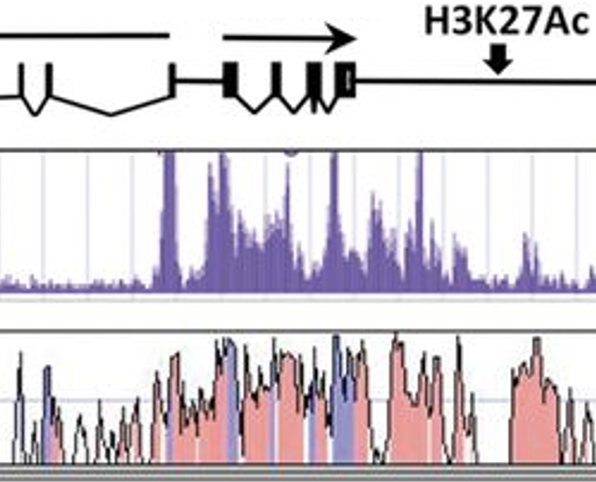

Experimental Approach:
ATAC-seq
Bioinformatic Analysis
Recombineering
Pronuclear Injections
Transgenic Reporter Assays
Luciferase Assays
MOLECULAR IDENTIFICATION
Identification of unique cell types and discrete subpopulations of cells with distinct physiologies
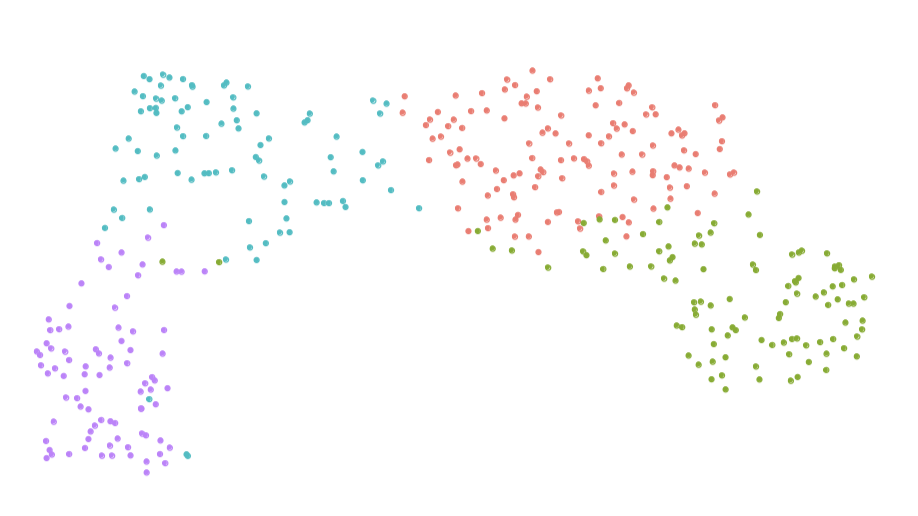

Experimental Approach:
Single-Cell RNA-Sequencing
Mass Spectrometry
Metabolomics
Proteomics
In Situ Hybridization
Immunohistochemistry
Confocal Microscopy
CELLULAR INTERACTIONS & SIGNALLING
Identify key cellular interactions and signalling molecules that are used to communicate to nearby cells within unique micro-environments

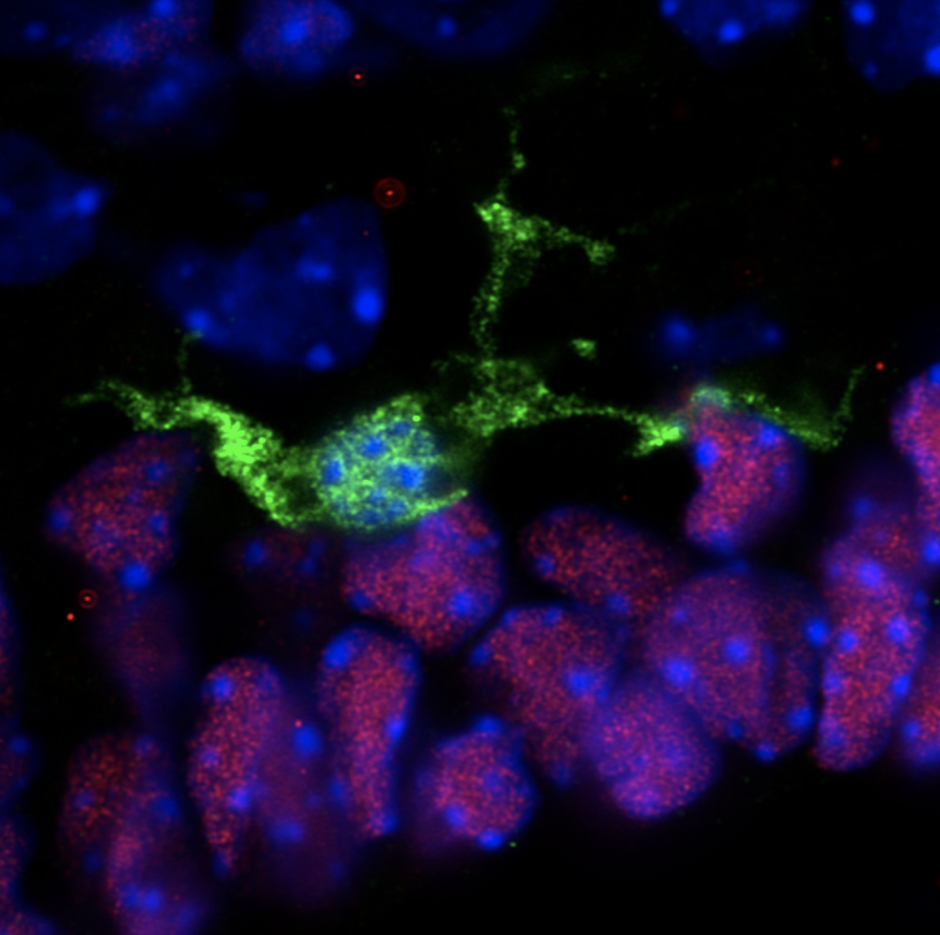
Experimental Approach:
Ex Vivo Slice Culture
ELISAs
Sphere Assays
Live-Cell Imaging
Super-Resolution Microscopy
Genetic Knockout Lines
Pharmacological Inhibitors
In Utero Electroporation
ANALYSIS OF CIRCUITRY
Understand the structural connectivity and physical wiring that is used by cells to communicate to one another by mapping new cell types, subpopulations, and signalling molecules onto circuits
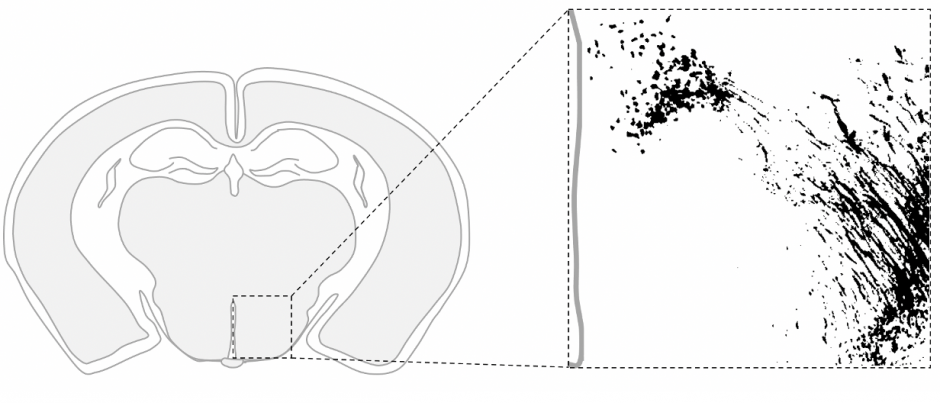

Experimental Approach:
Transgenic Reporters
Viral Labeling
CLARITY – Tissue Clearing
Light-Sheet Microscopy
BEHAVIOURAL ASSESSMENT
Employ unique behavioural paradigms to assess various aspects of cognition, activity, memory, movement, and social interactions as a output to study cellular disruptions and defects in circuitry
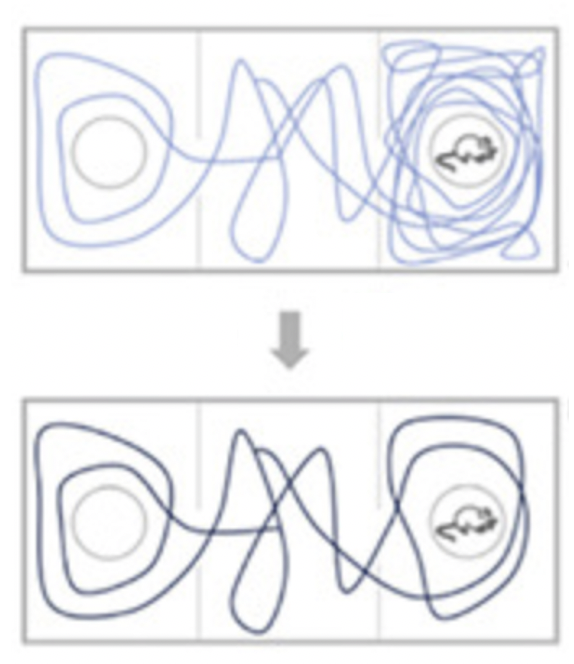

Experimental Approach:
Open Field
Elevated Plus Maze (EPM)
Rotarod
3 Chamber Sociability
Marble Burying
Novel Object